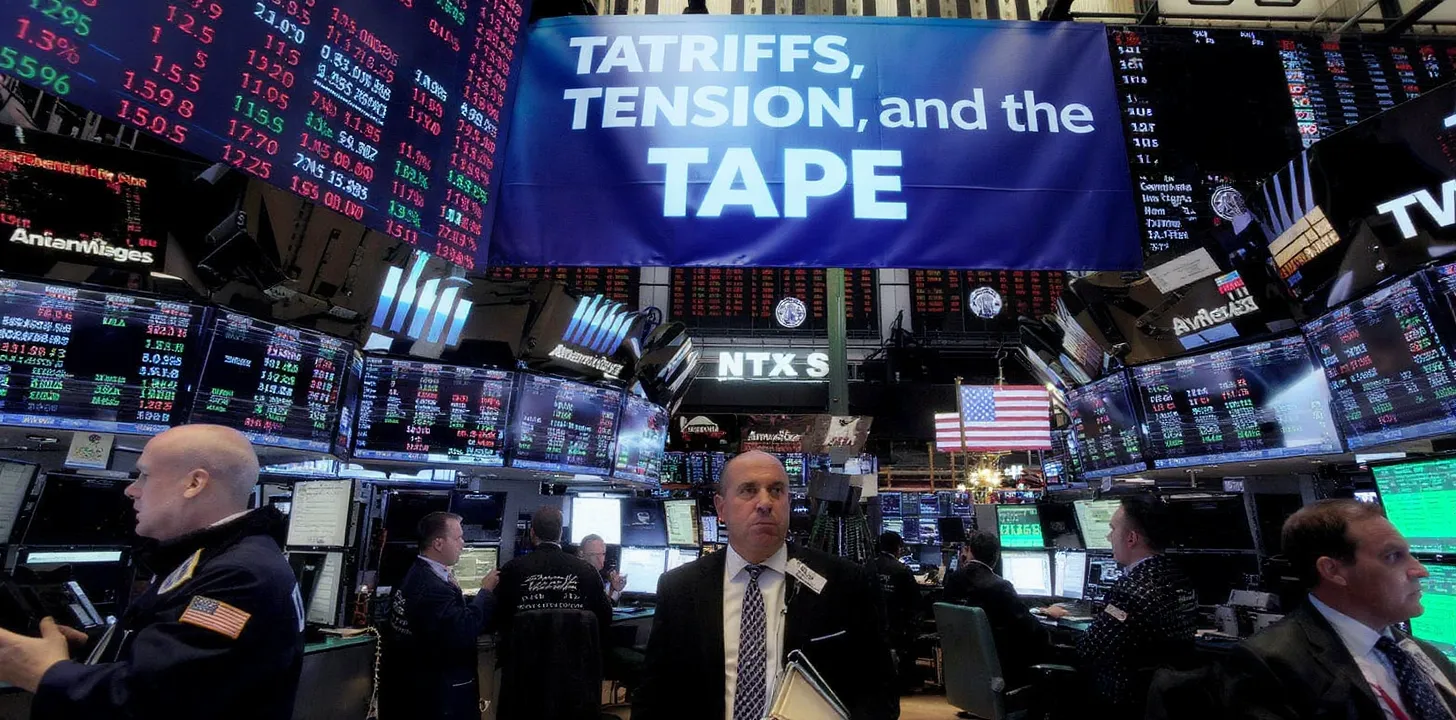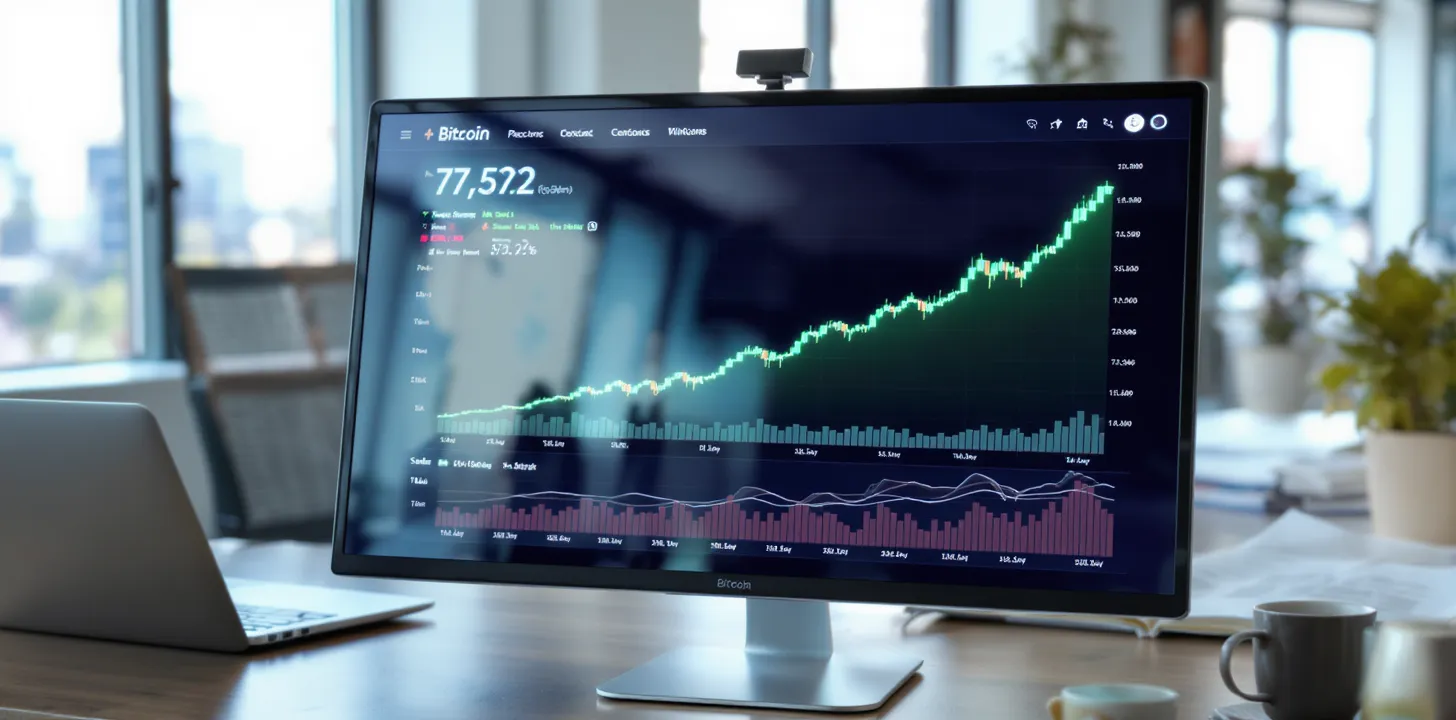Introduction – A Week of Policy Signals and Market Repositioning
The final full week of September 2025 proved to be a turning point for global markets. The U.S. dollar oscillated between weakness and renewed strength as central bank commentary, economic data, and geopolitical risks shaped sentiment. With the Federal Reserve signaling caution after its recent cut, the European Central Bank and Bank of England juggling credibility against fiscal backdrops, and the Bank of Japan weighing policy normalization, traders faced a tapestry of overlapping narratives. Meanwhile, geopolitical risks—from Russian air incursions to supply tensions in oil—ensured that safe-haven demand for gold remained intact, even as equities carved out mixed performances.
U.S. Macro – Strong Data and a Divided Fed
The U.S. economy surprised with a sharp upward revision to Q2 GDP at 3.8% and a robust 2.9% jump in August durable goods orders. Jobless claims eased to 218,000, further evidence that the labor market, while softening, remains resilient. These numbers emboldened the dollar, with the DXY rallying above its 100-day moving average.
Yet the Fed narrative remains fragmented. Governor Stephen Miran argued for deeper rate cuts to realign monetary policy with structural changes in immigration and regulation. In contrast, officials like Austan Goolsbee and Beth Hammack urged caution, highlighting that inflation risks remain elevated. Powell emphasized employment risks but rejected claims of political influence.
The tension is clear: data show resilience, but policy remains caught between hawkish and dovish factions. Markets increasingly price in cautious easing, but the scope for aggressive cuts is narrowing.
Europe – Euro’s Fragile Gains and Sterling’s Struggles
The euro’s rally faltered. After reaching highs earlier in the month, EUR/USD slid under its 55-DMA to a three-week low near 1.1650. German sentiment data disappointed, and risk reversals pointed to fading bullish momentum. French strikes and energy concerns compounded weakness.
Sterling also faced headwinds. GBP/USD touched its weakest levels since early August, slipping to 1.3340 as traders penalized the BoE’s slower pace of tightening and political noise around November’s budget. Policymaker Megan Greene reiterated that inflation risks remain sticky, curbing speculation of earlier cuts. UK housing softened, and PMI releases failed to inspire. The result: sterling remains tethered to the dollar’s movements, vulnerable to further downside unless fiscal clarity emerges.
Japan and Asia – Yen Under Pressure, China’s Fragility
Japan’s yen endured another bout of weakness. USD/JPY surged to test the 150 psychological barrier after clearing its 200-DMA at 148.52. Tokyo CPI became the key event risk, with speculation mounting that BOJ commentary could lean hawkish. Risk reversals suggested cautious positioning as traders balanced potential intervention risk against momentum.
China remained a drag on regional sentiment. Weak industrial output and retail sales reinforced worries of a slowing domestic engine. Beijing pledged liquidity support, and talks with the U.S. on TikTok and tariffs added diplomatic theater. Still, the yuan slipped, and commodity-linked FX like AUD/USD lagged as global demand concerns persisted.
Commodities – Gold Holds, Oil Swings
Gold consolidated near record highs, holding above $3,660 across the week. Fed caution, geopolitical instability, and central bank diversification underpinned demand. Technicals suggested a broad range, with resistance near $3,792–3,805.
Oil told a different story. After a midweek spike on U.S. inventory draws and Russian tensions, WTI slumped by the week’s end, falling 1.38% on supply overhang worries. The volatility highlighted the split between cyclical weakness and geopolitical supply risks. Copper, in contrast, gained modestly, supported by supply disruptions and hedging demand.
Currencies – A Technical Crossroad
- EUR/USD fell below its 55-DMA, with a bearish inverted hammer on weeklies pointing to downside risk.
- GBP/USD tumbled to fresh two-week lows, capped by fiscal uncertainty.
- USD/JPY surged toward 150, buoyed by U.S. yields but vulnerable to BOJ rhetoric.
- Gold held firm, buoyed by diversification flows.
- Oil oscillated sharply, reflecting the push-pull between demand erosion and geopolitical stress.
Geopolitics – Energy, Security, and U.S. Politics
Markets remained tethered to political risks. In Washington, budget negotiations faltered, raising shutdown fears. Trump’s combative UN speech further unsettled sentiment. NATO condemned repeated Russian airspace incursions, while Estonia requested Article 4 consultations after jets violated its airspace. These developments amplified safe-haven bids for gold.
Trade tensions resurfaced as G7 and the EU weighed rare earth export floors and taxes on Chinese goods. Meanwhile, speculation of a U.S.–China TikTok deal provided limited relief but underscored the intersection of politics and markets.
Key Risks and Takeaways
- Fed Credibility vs. Political Pressure – Powell’s rejection of political interference reassures, but Miran’s push for deeper cuts raises internal divisions.
- Dollar Near 150 vs. Yen – Intervention risk grows as USD/JPY approaches psychological levels.
- European Fragility – Fiscal weakness in the UK and French unrest weigh on EUR and GBP outlooks.
- Commodities Split – Gold’s haven role contrasts with oil’s cyclical vulnerability.
- Geopolitical Shocks – NATO tensions, sanctions, and U.S. shutdown risks loom as volatility triggers.
Best takeaway: September closes with markets recalibrating expectations. The dollar regained momentum, gold reinforced its haven role, and equities diverged. But with central banks split, fiscal politics unstable, and geopolitics tense, traders face an autumn defined by asymmetric risks.



